
Ponte alle Grazie in Florence, Italy Took this picture of … Flickr
Ponte alle Grazie is a bridge over the Arno River.The original Ponte alle Grazie was constructed in 1227. It was rebuilt in 1345 with nine arches, making it the oldest and longest bridge in Florence. Two of the arches were filled in during 1347 in order to widen piazza dei Mozzi. Structures were built on the bridge, much as can be seen on the.

Ponte Alle Grazie Florence, Italy The places youll go, Beautiful places, Great places
Tue 16 Feb 2021 11:04 AM. The Common Man statue has been reinstalled on Ponte alle Grazie by French artist Jean Marie Clet Abraham. This is the fourth time the metal sculpture has been placed on the central Florentine bridge. Previous installations have resulted in fines and charges for violating the cityscape.

Ponte Alle Grazie A Historic Bridge In Florence You Must See
Il ponte alle Grazie è un ponte del centro cittadino di Firenze e varca, con una struttura di cinque arcate, il fiume Arno qualche centinaio di metri dopo la pescaia di San Niccolò.Va da via de' Benci a piazza de' Mozzi, incrociate rispettivamente coi lungarni Generale Diaz e delle Grazie di qua d'Arno e Torrigiani e Serristori in Oltrarno
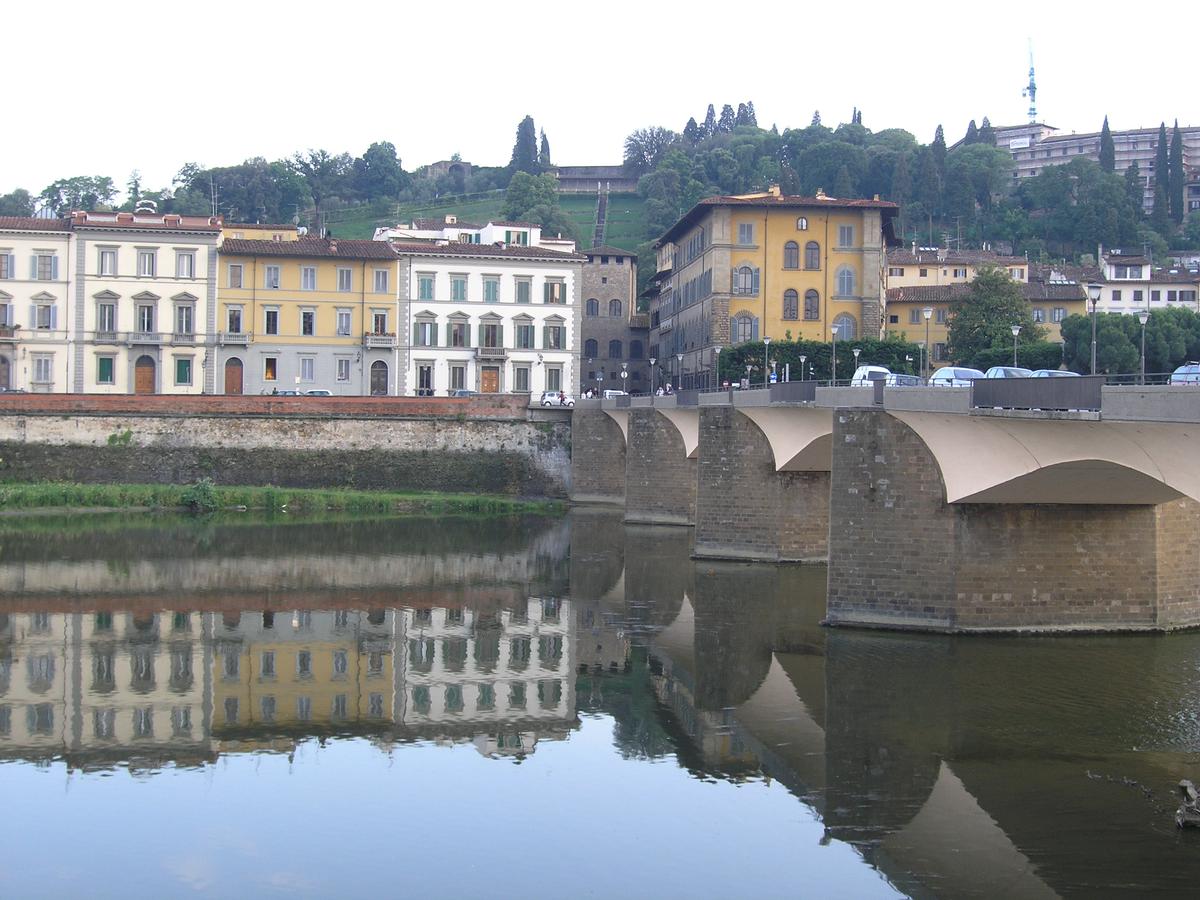
Ponte alle Grazie (Florence, 1957) Structurae
Mar 2018 • Couples. Where the Ponte alle Grazie now crosses the Arno, is the location of the oldest bridge to cross the river. It was constructed in 1227, but has had to be rebuilt numerous times and has been renamed many times. The current bridge was constructed mid 20th century and is made of concrete and has really no architectural beauty.
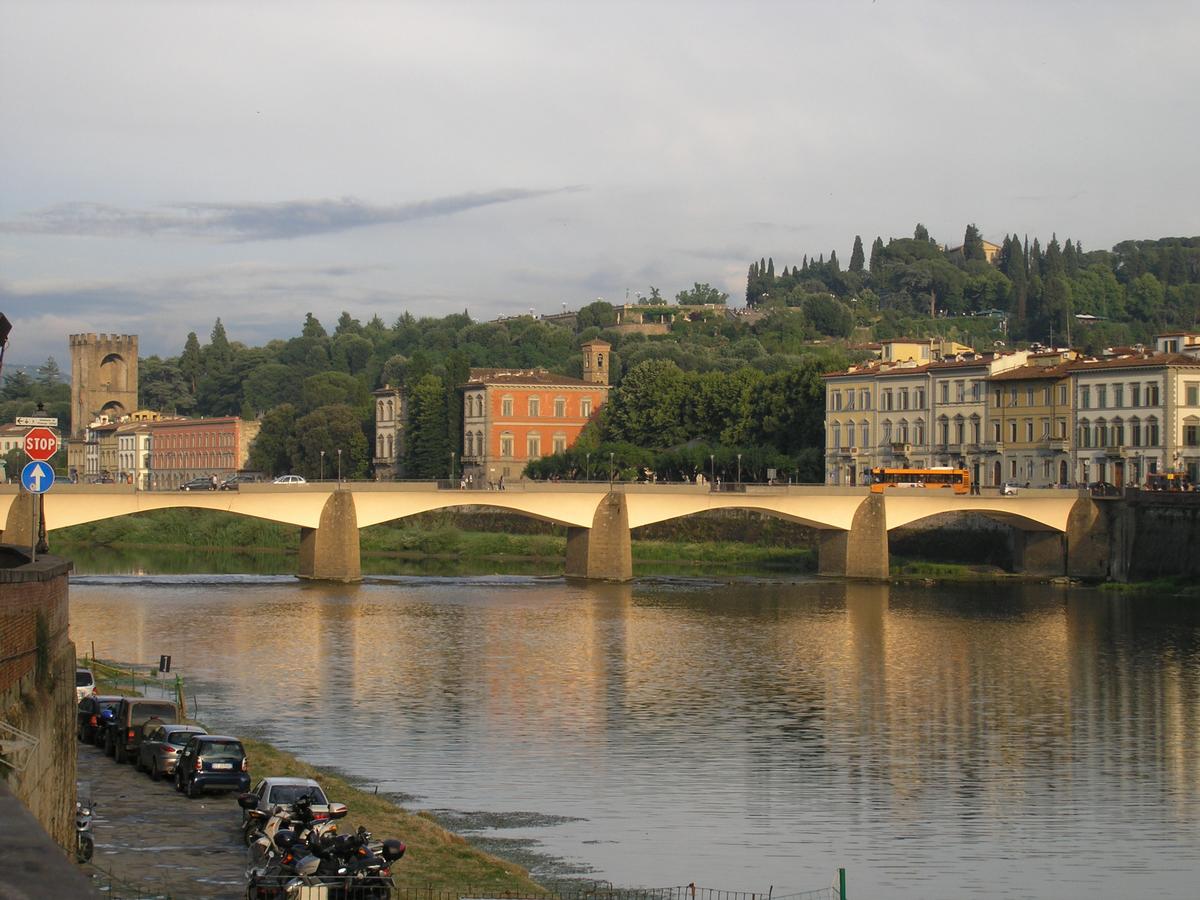
Ponte alle Grazie (Florence, 1957) Structurae
Ponte Vecchio . Ponte Vecchio e Lungarno degli Uffizi fino alla Porticciola, presi dal Ponte alle Grazie, prima delle nuove costruzione "Ponte Vecchio and Lungarno of the Uffizi to the Porticciola, taken from the Ponte alle Grazie, before the new construction" Veduta del Ponte Vecchio fortificato come era anticamente "View of the Ponte Vecchio.
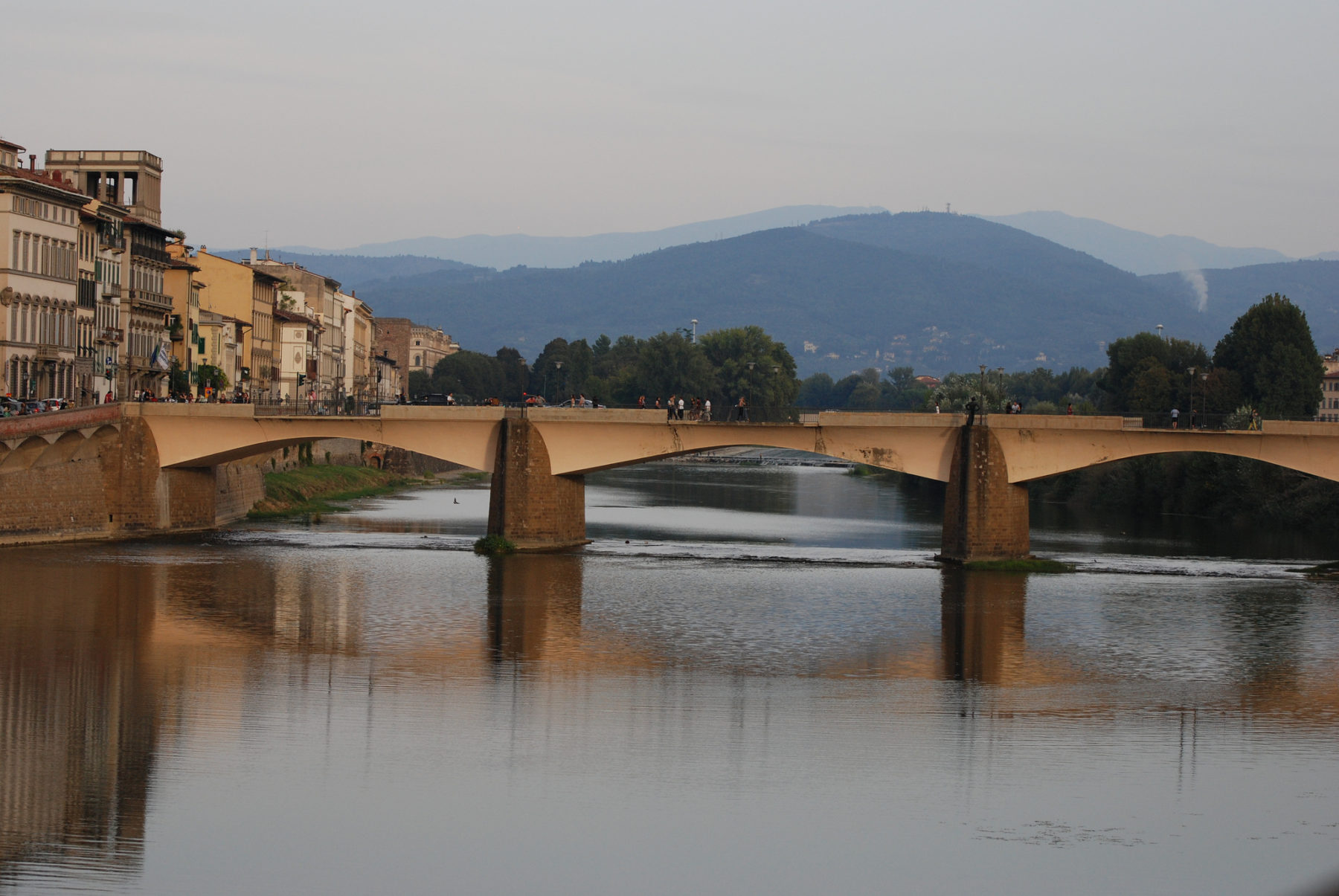
Ponte alle Grazie Toscana Film Commission
5 reviews of Ponte alle Grazie "This is a little tip if your ever in Florence. This bridge may not seem like much, but you can climb over the edge and sit on the buttress's at the side. They are very wide, and you can get a few people on each one. One of the most beautiful and amazing experiences I have ever had was watching the sunrise over the river and the Ponte Veccio one morning."

Ponte alle Grazie em Florence
Ponte alle Grazie was built by Messer Rubaconte da Mandella, mayor of Florence in 1237 when the bridge was designed. The bridge had originally eight arches, which were then reduced to six due to the narrowing of the river bed and then five due to the construction of the Lungarni. Although Ponte alle Grazie resisted against all floods, it was.

Ponte alle Grazie bridge, Florence, Italy Stock Photo Alamy
The original Ponte alle Grazie, erected in the early 1200s, was even older than Ponte Vecchio's current version (check out no. 2). Ponte alle Grazie's unique feature is the sharp contrast between the densely urban view you get westward (which includes our next stop) and the greener and more open landscape on the other side, which faces the.

Ponte alle Grazie (Florenz, 1957) Structurae
Ponte alle Grazie before 1870. Public domain, via Wikimedia Commons. In 1876, these dwellings were demolished to make way for pavements and tramways. By this time, the hermitages had been cleared and the remaining romite moved to a convent near Santa Croce.. Around the same time, the number of arches on Ponte alle Grazie was further reduced to six, to make way for a planned river embankment.
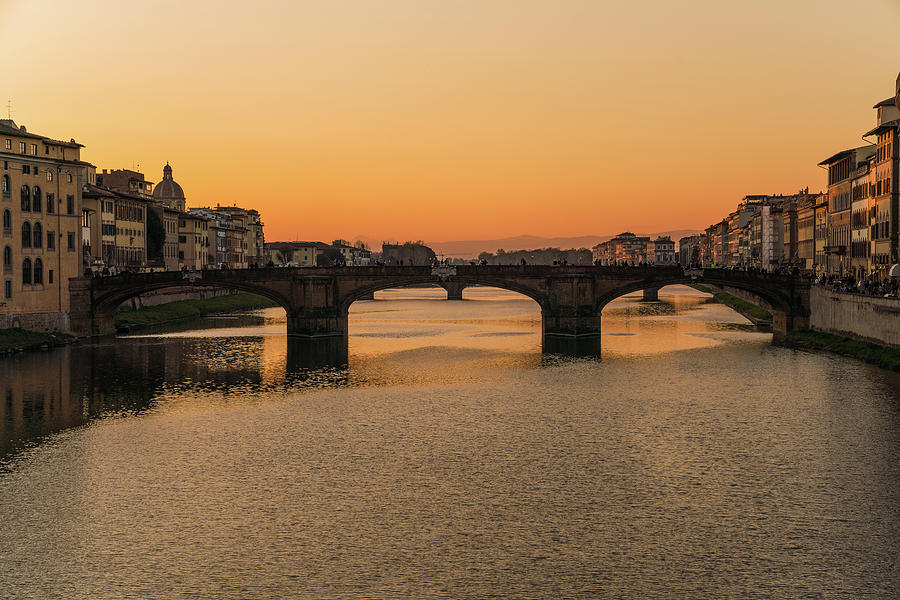
Ponte alle Grazie in Florence Photograph by Pictures of Italy Fine Art America
Ponte alle Grazie è qualità letteraria, divulgazione scientifica e critica sociale, con un'attenzione speciale agli autori delle ultime generazioni.

5 Breathtaking Bridges to see in Florence Discover Walks Blog
Ponte alle Grazie was the third bridge built after Ponte Vecchio and Ponte alla Carraia. It connects the historical city centre near Basilica di Santa Croce on one side of the Arno with the Boboli Gardens in the Oltrarno. It was initially called Ponte Rubaconte after the name of the Podestà (mayor) at the time it was first built (1237). It was.

Ponte alle Grazie (Florence, 1957) Structurae
Ponte alle Grazie. This rather ugly bridge from the 1950s (by Michelucci, author of the beautiful Highway Church) replaces an earlier structure, bombed in the second world war. A 19th-century renovation had already removed the bridge's medieval characteristics as it had resembled the Ponte Vecchio in that it had houses, shops, and even.
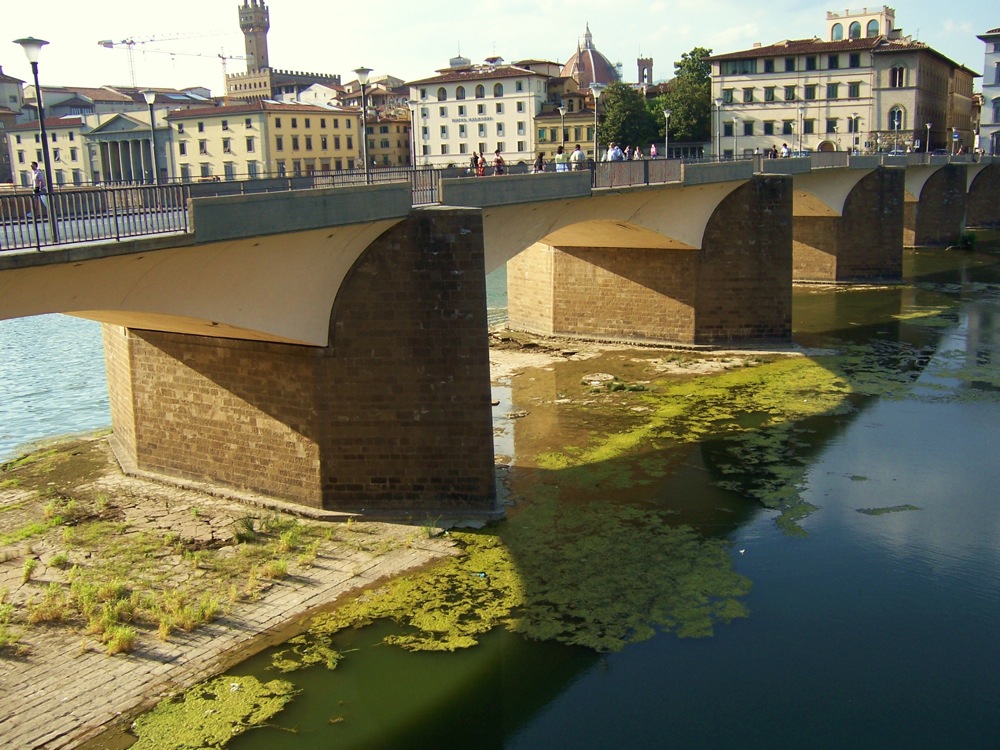
PonteAlleGrazieFlorencia2
Ponte alle Grazie is a bridge, reconstructed after 1945, over the Arno River in Florence, region of Tuscany, Italy. History. The original bridge was called Ponte di Rubaconte after the name of the podestà Rubaconte da Mandello who had commissioned construction in 1227, making it older than the Ponte Vecchio. It was rebuilt in 1345 with nine.

Ponte alle Grazie em Florence
This was the case of the Common Man, the figure of who steps into the future with faith and courage, which was few times removed from the Ponte alle Grazie. This year the Common Man returned on the bridge and he keeps inspiring us by showing that it is possible be free, confident and carefree. This time it seems that the municipal authorities.

Florence, Italy October 15, 2016 People at Ponte alle Grazie bridge in Florence in Italy
Ponte alle Grazie. The bridge was originally called "di Rubaconte", the name of the podestà who had it built in 1237 upon nine arches and a solidly constructed frame that withstood all great floods and surrendered only to the Nazis' mines. The current five-span bridge was inaugurated in 1957. The painting of the Madonna alle Grazie is.

Ponte alle Grazie (Florenz, 1957) Structurae
Ponte alle Grazie was the third bridge to be built after Ponte Vecchio and Ponte alla Carraia. Its first name was "Ponte Rubaconte" after the Podestà at the time of its first construction (1237). The present name derives from the chapel of "Santa Maria delle Grazie", located on the bridge since the 14th century, where the image of the saint.